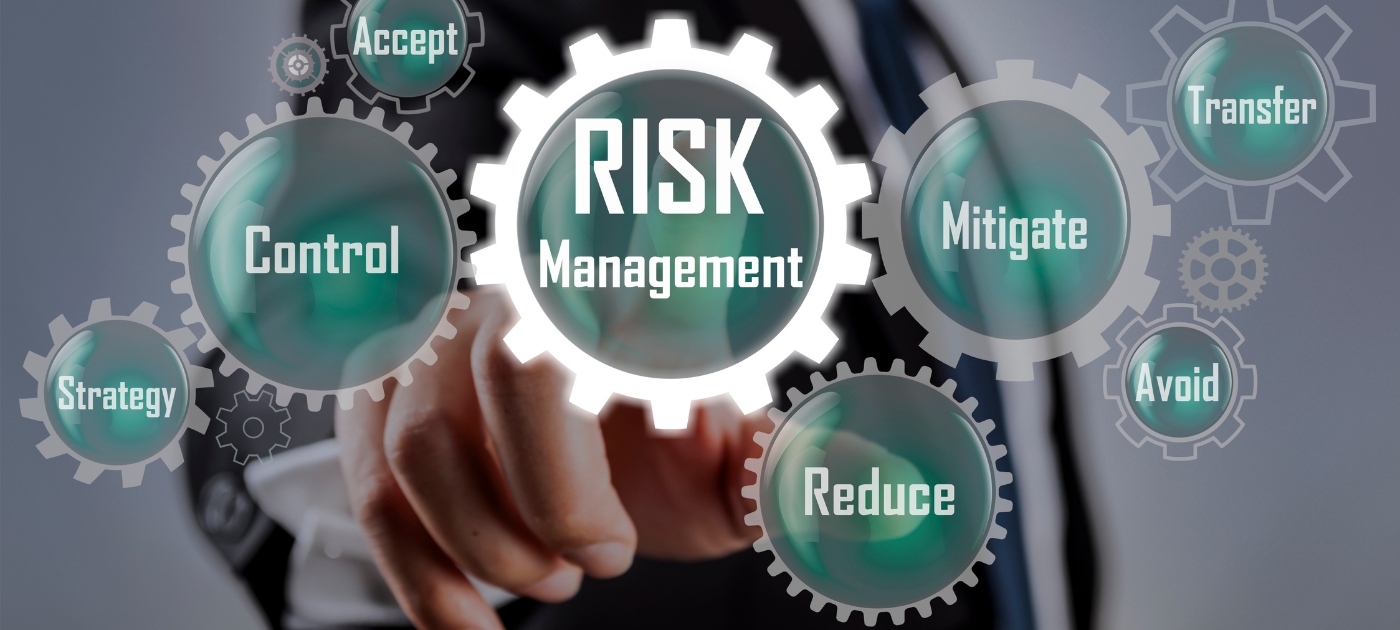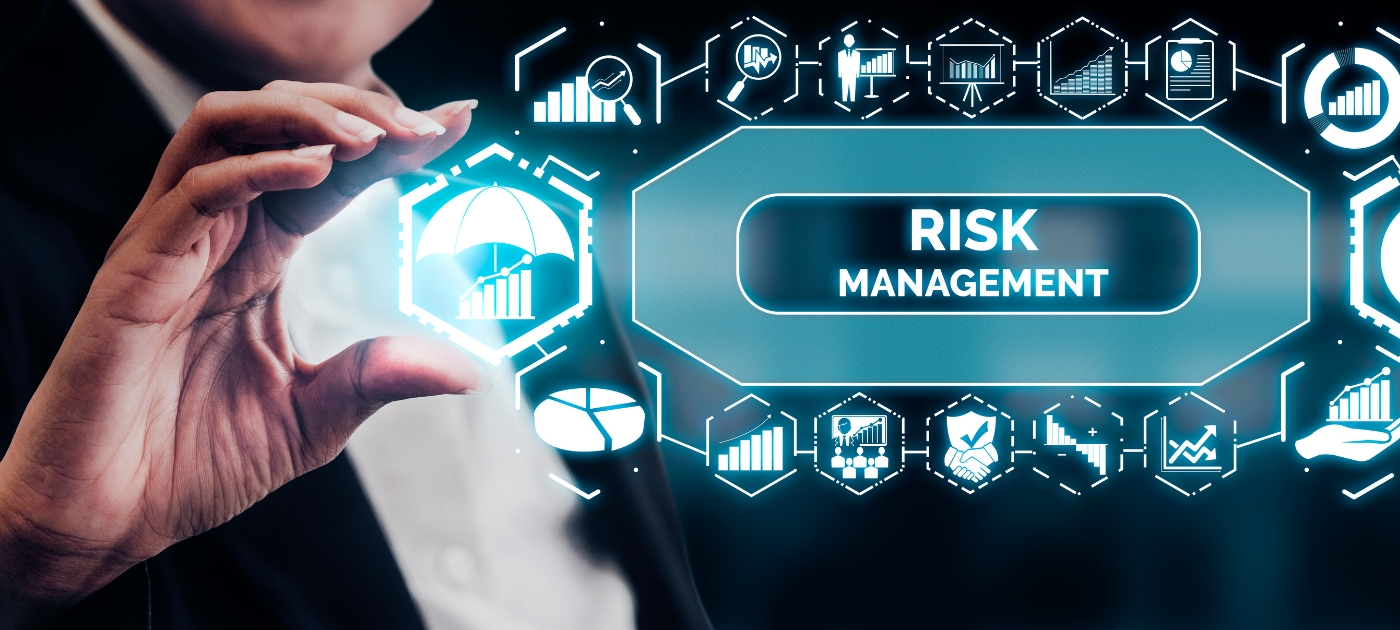What Are Risk Assets? Free Guide 2024

Maybe you’re just getting into the world of investing. There are so many terms, platforms, and nuances to get used to when you become an investor. As you look at your investment horizon and start to pick and choose what potential investment you’d like to buy, you might notice that some investments pose more risk than others. This is all part of the investing process, and it’s good to notice these differences in investments, whether they seem good or bad.
What is a Risk Asset?
A risk asset is classified as an asset that includes any amount of risk. Technically, most assets involve some amount of risk, but some have more than others. What makes a risk asset so risky? Generally, price volatility and future uncertainty or instability of an asset can make it fall into the classification of risk assets. But the risk isn’t always bad. Read on to find out why investors value the risk assets in their portfolio, and why you might need to diversify your portfolio with this type of risky investment.
The Effect of Risk Assets on a Portfolio
If you want to maintain a diverse portfolio that brings a return but hedges you against losses, then you’ll need to include risk assets in your lineup. They truly are the breadwinners of your portfolio when it comes to doing the work and bringing home the bacon. If you never went out on a limb with any investments and accepted the possibility of risk, you’d never make any profit on your investments.
Different Types of Asset Risk
There are many types of asset classes, and within these classes lie the risk factor categories that help us determine which assets would be most beneficial to hold and diversify your portfolio.
Lower Risk
Low-risk assets aren’t risk-free, but they do carry risk to some extent. These lower-risk investments could include money market funds, high-yield bonds, or savings accounts. Assets with the lowest risk to the investor might seem like a bad choice for your portfolio if you’re a risk taker, but they play an important part in diversifying your stocks to include low and high-risk assets.
Moderate Risk
Moderate risk assets include a reasonable amount of exposed risk to the investor. These types of assets are not sure to stay stagnant like a low-risk investment, but they also aren’t expected to show much price volatility. They are a key piece to a diversified portfolio, and you can even find funds that include many moderate-risk assets. Some examples of moderate risk assets include bonds and owned shares of stocks on the market with dividends.
Higher Risk
High-risk assets either involve higher returns or higher losses. Since they involve more risk, they could involve a huge gain or a huge loss. Losing money might seem like an unfortunate risk, but higher-risk investments are the backbone of making money in the stock market. High risk assets can include IPOs (investing in newer companies), currencies (involving political risk or government risk), or crypto. These categories don’t ensure that all the assets within them are risky investments, but they might prove riskier than others.
What is a Risk-Free Asset?
Although technically “riskless” assets don’t exist since any investment could lose value unexpectedly at any time, some assets are considered risk-free. Risk-free assets have this classification since they pose little risk to the investor, or they have some sort of guaranteed and expected return. With this in mind, low-risk or risk-free assets are crucial to the diversification of your portfolio. An example of a virtually risk-free asset would be government bonds.
What Does It Mean to Have Risk-Free Assets?

Holding a risk-free asset means that you’re hedging your investments against loss. Let’s say you hold several financial assets, some with higher risk than others. Keeping a risk-free asset in your possession (whether it’s stocked, a physical asset, or some other type of holding) can help you protect yourself from losing all your investments. If you only held assets with higher risks, you might lose all your assets. If you don’t already, consider adding a risk-free asset to your portfolio.
The Connection Between Risk & Interest Rate
Interest rates have a complicated relationship with loans and bonds. Treasury bonds, high-yield bonds, and corporate bonds alike can be affected by interest rates. How do fluctuating interest rates affect the movement and worth of loans and bonds? We’ve broken it down below.
An Inverse Relationship
As interest rates rise, the price of bonds falls. This causes current bondholders to suffer when fluctuating interest rates lower the price of their bonds. However, the inverse is also true. As interest rates fall, the bond’s value will increase.
An Important Factor
Fluctuating interest rates pose a huge factor in the risk management and risk tolerance arena. If you’re into real estate and looking to find mortgage loans, you might notice that they all have an interest rate, and thus carry risk. The higher the interest rate (for you, the borrower) the more risk involved. This is due to the fact that you’ll have to pay more interest on your initial loan than you would if the interest rate was lower. It’s important to look into other lenders when shopping around for a good rate.
So, whether you’re an investor or a borrower (we’d argue that every borrower is investing in something), you’ll have to consider the effect of interest rates on your investment.
Tips to Manage Risky Assets
While you can’t completely mitigate the risks involved with purchasing and owning risk assets, you can make sure to come up with and enact an effective plan to lower the risk involved to fit your risk tolerance. There are several credible ways to hedge your risk assets against loss and increase the possibility of higher returns.
Diversify Your Portfolio
When you invest in a risk asset, you increase the probability that you’ll either lose more or gain more money. In investing terms, this is considered a high standard deviation and means that because of an increase in probable volatility, your investment profile might not be as diversified as it needs. To hedge your investments, select another investment that has a lower volatility measure or standard deviation.
Make a Plan
In the investing world, keeping a level head is key. Good planning could be the difference between an extremely successful investor and one who loses it all. We’d highly recommend making a plan for the scenario where your assets lose their value. Will you sell quickly out of panic? Or will you hold your positions with the hope of an expected return in the future?
The Top 2 Trading Platforms in Canada
| eToro | Interactive Brokers | |
| Award | Best overall | Most Affordable |
| Detail | Read Review | Read Review |
| Link |
eToro
eToro gives investors many different options for risky assets and other assets with less risk. They even give their users a Risk Score to assess the risk involved with their current holdings. The higher the score, the more risk assets you hold. You can compare this score with your risk tolerance to see if you’re comfortable holding your current risk assets or if you need to diversify with less risky holdings.
Generally speaking, eToro is a super user-friendly platform that helps you identify a very risky asset and a risk-free asset alike, and they help you along the way.
Interactive Brokers
Interactive Brokers offers a more advanced assessment of risk called the “Risk Navigator” that combines your current investments to estimate your risk score. They can also assist you with assessing potential risks by predicting price volatility and other factors. As far as identifying a risky asset, this tool is pretty priceless.
Interactive Brokers also offers a huge selection of investment options. You can buy into real estate, corporate bonds, fixed-income securities, many stocks, Forex investments, and futures. If you’re a more advanced investor, working with emerging markets and complicated trades, Interactive Brokers can provide the tools you need to identify and buy risky assets that suit your risk tolerance and portfolio.
Final Thoughts
In the end, a risk asset is just an asset with more opportunity to succeed or fail. A risk asset with a large standard deviation can add some diversity to your current holdings when it’s chosen the right way. Purchasing risk assets means that you know your tolerance and you are comfortable with going out on a limb to make your investments profitable. If you want to expand your investment horizon, purchasing a risky asset might be just the thing for your portfolio.
Frequently Asked Questions (FAQs)
Repayment risk has to do with credit quality and the risk that a borrower might not repay the lender. There are varying degrees of repayment risk and many other factors contribute to the risk involved with debt taken on.
It’s truly up to you whether or not you’ll purchase securities considered risk assets, but make sure to assess your risk tolerance and diversify your portfolio. These two steps usually include purchasing at least some investments considered risk assets.
A bank-owned asset is something purchased on margin through a bank. An example of a bank-owned asset is a home purchased through a mortgage. Some investors can purchase more bank-owned assets than others, and credit quality is a consideration when having a bank approve this asset purchase.
Since standard deviations have to do with the expected return or risk of a certain investment, this measurement can be likened to a risk score. The higher the deviation, the greater the possible risk (and value) to the investor.
High-quality sovereign bonds are like treasury bills in that they have an expected return from a government. They allow governments to accrue debt quickly, and high-quality sovereign bonds are typically paid back more slowly than bills. You can expect a timely and actual return from this type of investment, but it might take a while. These types of bonds are not typically seen as risk assets.
If you’re looking for a guarantee with your risk asset, you won’t find one. A risk asset includes the possibility that you might never get an actual return. There is value in purchasing these securities, however. The benefits of owning a risky asset might outweigh the risks if you invest in a market that has reliable stocks and returns.
Your credit quality is basically your credit score. It gauges how likely you’ll be to pay back your debt. You might find that some lenders accept lower scores, but other lenders require high creditworthiness to get any type of loan. An example of your credit score determining your business risk would be trying to get a business loan but being turned down because the lender saw too much risk in taking you on as a borrower.
ABOUT THE AUTHOR

ABOUT THE REVIEWER

+ 6 sources
-
Investor.gov. What is Risk? | Investor.gov. www.investor.gov. Accessed March 7, 2023. https://www.investor.gov/introduction-investing/investing-basics/what-risk
-
Asset | Investor.gov. www.investor.gov. Accessed March 7, 2023. https://www.investor.gov/introduction-investing/investing-basics/glossary/asset
-
Investor BulletIn What Are High-Yield Corporate Bonds? Accessed March 7, 2023. https://www.sec.gov/files/ib_high-yield.pdf
-
Investor.gov. Stocks | Investor.gov. www.investor.gov. Published 2022. Accessed March 7, 2023. https://www.investor.gov/introduction-investing/investing-basics/investment-products/stocks
-
How Stock Markets Work | Investor.gov. www.investor.gov. Accessed March 7, 2023. https://www.investor.gov/introduction-investing/investing-basics/how-stock-markets-work
-
Initial Public Offering (IPO) | Investor.gov. www.investor.gov. Accessed March 7, 2023. https://www.investor.gov/introduction-investing/investing-basics/glossary/initial-public-offering-ipo


